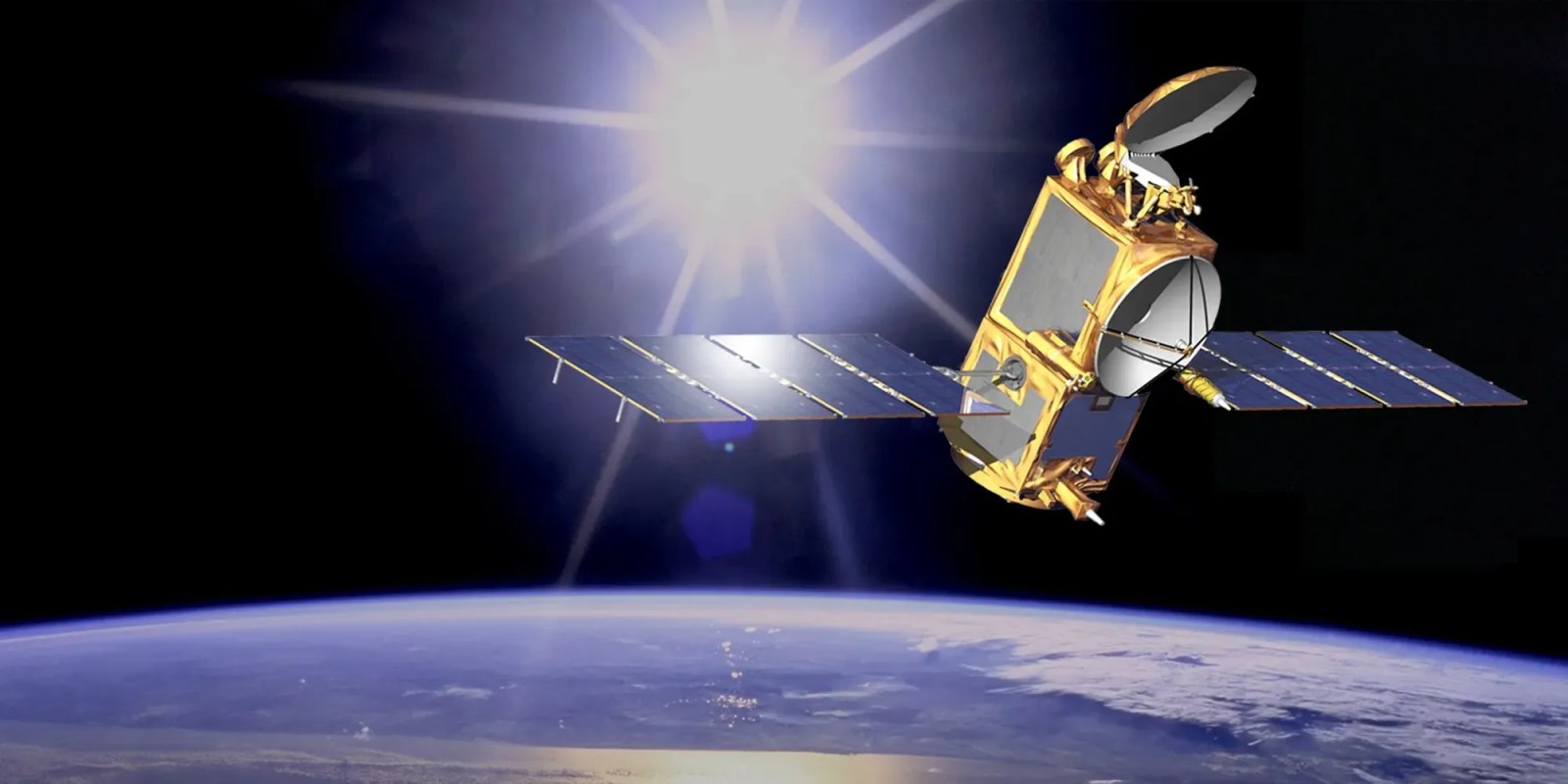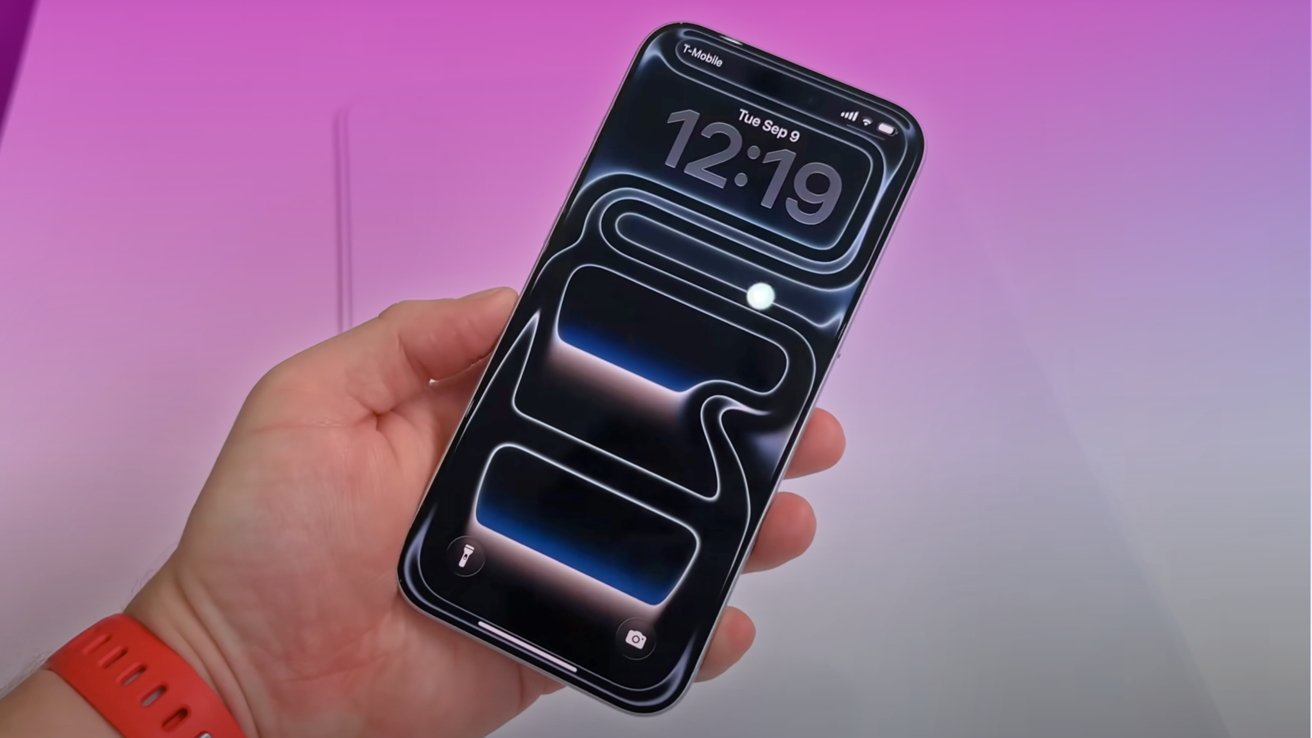In recent developments, SpaceX is reportedly attempting to impede Apple’s efforts to enhance its iPhone satellite messaging capabilities by urging the Federal Communications Commission (FCC) to intervene. This move underscores a growing competition between the two tech giants over the allocation of limited radio frequencies essential for satellite communications.
Apple’s Satellite Messaging Services
Apple introduced its Emergency SOS via satellite feature with the iPhone 14 in 2022, enabling users to send emergency messages in areas lacking cellular coverage. This service has been credited with saving lives on multiple occasions since its inception. Subsequent enhancements include the addition of roadside assistance in 2023 and the Messages via satellite feature in 2024, allowing users to communicate with family and friends during natural disasters or in remote locations where mobile service is unavailable.
These satellite services are facilitated through a partnership with Globalstar, a satellite communications company. In 2024, Apple invested over a billion dollars in Globalstar to expand and improve the service, reflecting the company’s commitment to providing reliable satellite communication options for its users.
Spectrum Dispute with SpaceX
As Apple seeks to expand its satellite messaging services, the demand for additional bandwidth has increased. To accommodate this, Globalstar applied to the FCC for permission to utilize more radio frequencies. However, SpaceX has contested this application, urging the FCC to delay approval. The Wall Street Journal reports that SpaceX is competing for the same spectrum to support its Starlink satellite broadband service, leading to a direct conflict over these valuable airwaves.
The competition for spectrum rights highlights the challenges in managing limited radio frequencies, which are crucial for both companies’ satellite communication services. SpaceX’s intervention aims to protect its interests in the Starlink project, which provides global satellite internet coverage.
Potential Collaborations and Regulatory Concerns
Despite the current dispute, there have been discussions between Apple and SpaceX regarding potential collaborations. Elon Musk, CEO of SpaceX, mentioned in 2022 that the company had “some promising conversations” with Apple about Starlink connectivity for iPhones. However, Apple has continued its partnership with Globalstar for satellite services, while also allowing access to T-Mobile’s satellite cellphone service, which utilizes Starlink technology.
Concerns have been raised about Musk’s close relationships with both the White House and the FCC chair, which could potentially influence regulatory decisions in favor of SpaceX. This situation underscores the complex interplay between corporate interests and regulatory bodies in the rapidly evolving satellite communication industry.
Broader Implications in the Satellite Communication Industry
The dispute between Apple and SpaceX is emblematic of the broader competition in the satellite communication sector. Mobile operators and tech companies are increasingly investing in satellite technology to eliminate coverage gaps and provide connectivity in remote areas. For instance, T-Mobile has introduced its Starlink service, allowing users to connect via more than 300 Starlink satellites, while Vodafone has conducted satellite-enabled video calls from no-coverage areas.
Despite the enthusiasm, experts caution that satellite connections may offer slower speeds and limited performance compared to terrestrial networks. Additionally, regulatory challenges related to spectrum access and questions about the viability of data-intensive services via satellite persist. The market is estimated to generate up to $42 billion in the next decade, attracting significant investments from companies like Apple and AST SpaceMobile.
Conclusion
The ongoing spectrum dispute between Apple and SpaceX highlights the complexities of expanding satellite communication services. As both companies vie for limited radio frequencies, the outcome of this conflict will have significant implications for the future of global connectivity and the strategies employed by tech giants to provide comprehensive communication solutions.



